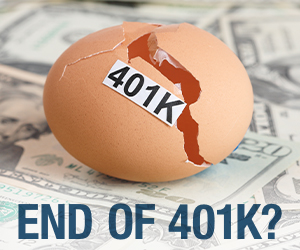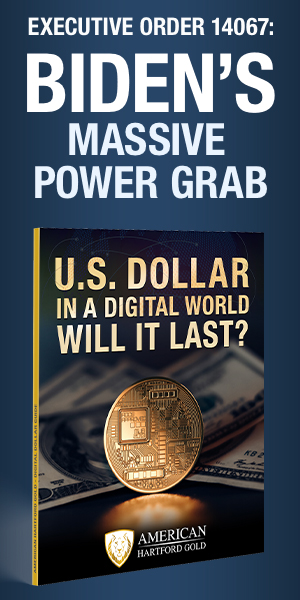If you have been following crypto news, you have probably heard about the rise of “meme coins.” These are tokens that don’t claim to offer any intrinsic value, but boom on the hype cycle surrounding the meme. Some of these coins have ballooned to ludicrous valuations. DOGE, considered by many to be the original meme coin, sits at a $22 billion market cap. Others include PEPE at $4 billion and the new contender WIF, which is based on a dog wearing a hat and sits at $3 billion.
Buyers of these meme coins scour social media in the hope that they can find a booming meme coin to propel them to riches. The market, however, is fraught with risk: 99% of coins fizzle out or are outright cynical cash grabs. Still, the appeal of growing an initial investment 100 times or more keeps investors coming back for more.
The fact is, many highly online millennials and zoomers distrust traditional finance. They see the stock market as a rigged game that only politically connected institutions can win. In an era where the middle class is being squeezed on all sides by high inflation and high interest rates, the idea of earning a stable 8% yearly return seems laughable.
In order to boost their stock portfolios, Boomers built a social and economic system that punishes their children to reward foreigners.
— J. (@PresentWitness_) April 29, 2024
So meme coins can be seen as a kind of protest investment, like the 2021 retail investor revolt that saved Gamestop and squeezed out the short-selling hedge funds.
Meme coins themselves are a meme play on the falling value of our dollar.
It’s clear the rich are getting richer, the poor poorer and the middle class struggling. The middle class has managed to hang on by throwing the entire household into the workplace but this will work only for so long.
The 2% inflation experiment has been a total failure as wages have not even closely kept up.
The people have had enough…..
So ya.. who wants some $breadpitt might be able to buy groceries and a house with it one day 🤣
Amid the cat and dog memes, some coins have emerged that carry interesting political and cultural messages. If meme coins can be used to financialize attention around any abstract idea, it makes sense that they can be used to carry messages beyond just crypto jokes.
For example, the parody coin Boden, which features a cartoon of a decrepit Joe Biden, ballooned to $1 billion in market value at one point, inspiring legions of fans to buy billboards and attend Trump rallies with signboards of the meme.
Still sleppy. #boden2024🇺🇸 pic.twitter.com/gViXxbtdN0
— Jeo Boden 2024 🇺🇸 (@boden4pres) May 13, 2024
Another coin called BARRON bills itself as a booster organization for Barron Trump. The aim of the BARRON community is to create hype around a potential future political run by the former president’s son and to raise money through donations to fund his possible campaign. BARRON recently reached a market value of $8 million, with no sign of slowing down.
GM
Is this TRVE? pic.twitter.com/uqvt3pdgHq— BARRON TRVMP (@Barronsolana) May 12, 2024
Image:
Other memes carry a softer cultural message. For example, WIFE coin builds on the popular Wifejak meme that exploded from right-wing Twitter. The meme pokes fun at the dynamics of marriage, projecting a wholesome image of relationships between men and women with sayings a typical wife might make. The WIFE coin reached a market value of more than $12 million in April.
Honey did you call your mother back today pic.twitter.com/synpFNmQ4J
— wifejak (@Wifejak_Memes) May 7, 2024
Me and the girls going thrifting this weekend ❤️ pic.twitter.com/KCqacIpNQo
— wifejak (@Wifejak_Memes) May 11, 2024
"Do you think she is prettier than me?" pic.twitter.com/itmhgKjW3C
— wifejak (@Wifejak_Memes) April 29, 2024
Memes are culturally relevant. Trump’s victory in 2016 was due in part to online enthusiasm fueled by memes that propelled him into the White House. As meme-making communities evolve, they will increasingly use crypto markets to accelerate their growth. As these communities accumulate resources, we can expect them to have a greater cultural impact in the future. Meme coins should be viewed with caution, but also with interest.
Memecoins are the financial intersection between attention and community
— artchick.eth 🔥👠 (@digitalartchick) April 20, 2024






Join the Discussion